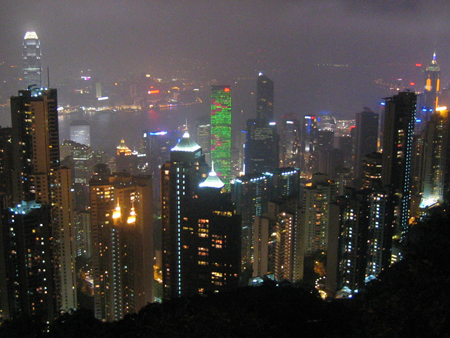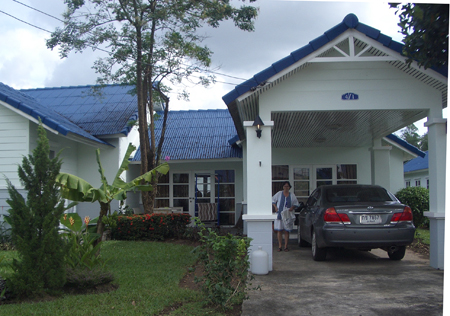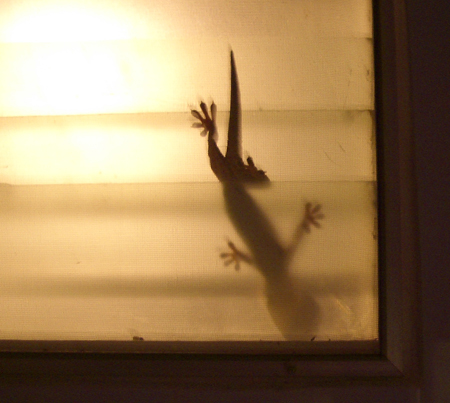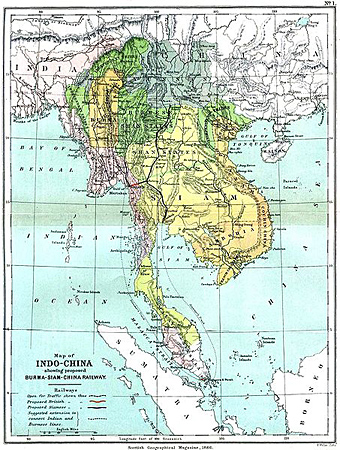MONTESSORI PROJECT
|
Click on these dates/links, to see Susan's emails and pictures Bhutan 2008 — Main page for 2008 trip |
 |
 |
Hong Kong by night (Not a photo by Susan - planes do not fly this close) |
The Kolmodin home in the countryside east of Bangkok. |
| HELLO ALL, This and all emails are directed mainly to the elementary Montessori students who sponsored my trip. Here is some interesting geography for you. I hope you can follow along on the globe. Please keep in mind that I am now at the home of fellow Montessori teacher Gunilla Kolmodin out in the country in Thailand, typing on a Swedish typewriter with Swedish language characters, and later it might be the same in Dzongkha in Bhutan, and neither place will I have spell check. I am a terrible speller and hope this doesn't happen to you. Enjoy the study of etymology, and developing your own personal spelling dictionaries we use in Montessori elementary classes to learn to spell the words you want to use, instead of lists of words you will never use. In my own traditional education we had to memorize lists of words completely unrelated to things we might want to write about, making us feel, frustratingly, that it was necessary to learn the whole dictionary, instead of the vocabulary, the tools to express ourselves. Enough about spelling! Once in india I typed on a computer that had only Hebrew characters on the keys and had to remember the English ones! That was an interesting test of keyboard skills! THE TRIP FROM NORTHERN CALIFORNIA TO ASIA: There are only a few cities in Asia that connect with the single airport (with a single runway and gate) in Bhutan. My travel from home to Bangkok should have taken 20+ hours but it took more than 30. On Sunday, October 5, I started out in Trinidad, California, flying to San Francisco at 6 AM. After a long layover in San Francisco, at 2 PM, the Cathay Pacific (a Hong Kong airline) flight left for Hong Kong. This is a 14 hour flight. |
Even though there was a 9 hour time change, making it 9 hours earlier in Hong Kong, we crossed the international date line and gained a whole day, so I arrived in HK on the evening of October 6 (It was by now the morning of October 6th at home—I think). I missed the flight from HK to Bangkok so spent the night trying to get a little sleep on the airport benches, checking the election and stock market news on the internet (free at the HK airport!) and talking to interesting people from Australia, Ireland, all over the world. The most interesting faces I saw were of the Sikhs from India. The men never cut their hair and so have very large turbans covering their heads and amazing profiles right out of the old art of Kashmir, pictures of Krishna and friends. The turbans are often pink or purple or blue and the faces dark with black mustaches and beards sometimes . . . and the women in bright or subtle colored saris. Also there are the women from the Middle East in black bhurkas, not one inch of their skin visible anywhere. Even the eyes are covered by a black veil that one cannot see through from the outside. 36 hours later I arrived in BKK and was met by Gunilla Kolmodin, a Swedish woman who was course assistant with me on the AMI Montessori training course which ran over the last few years in Thailand. You can see pictures of her experience and life for that last many years in Thailand on the Michael Olaf website. Go to www.michaelolaf.net and then to Lectures, and then to EsF talk, a powerpoint presentation I gave about some non-classroom Montessori work. From the airport we drove (the driver drove, not us) 2 hours to get to Chachoengsao, an area about 2 hours east of BKK. I hope you can find this on the map. You will have learned a lot of geography. |
 |
 |
Geckos everywhere, inside and outside, in Thailand. This one lives in the Kolmodin window. |
This an old map of this part of the world, that keeps changing. Notice how large "Siam" (Thailand) was at one time. The study of changing boarders is a fascinating one. |
THAI COUNTRYSIDE As we arrived at the little company house, provided by the company Gunilla's husband works for, we had to wait for a tiny lizard to crawl off the lock before she could put the key in it. In the night I was awakened a few time by a noise I have never heard at home. It is a loud metallic sound made by geckos that may be inside the house or outside the house. People who live here are so used to these sounds they don't pay any attention. There is a large gecko living in the window of the bathroom. It catches flies that are attracted to the light just outside. For breakfast we had, in this Swedish home, coffee, juice, bread and butter and cheese, and egg omelets with green onions. Maybe we were the only people in Thailand having this kind of breakfast. Most Thais all over the country had rice soup. called cow.toom in thailand, congee in China. a soup that uses up any leftovers from the day before in a broth of fresh cooked rice. Now Gunilla and I are gathering all the things we are going to take to Bhutan. The Montessori materials donated from The Cobb School in Connecticut, and Childpeace Montessori School in Portland, Oregon, DVD's donated by NAMTA and AMI/USA, vocabulary cards donated by Julia at Maitre Learning Company, the missing and essential red math bead donated by Mad River Montessori School in Arcata, California, and many things from the Michael Olaf company. The driver is picking us up at 9 AM, which in Thiland is called 3 AM. We will be meeting with some of the Montessori teachers from the Thailand course, staying over in the home of one of the teachers near the airport, and leaving for Bhutan early the next morning. THE TRADITIONAL THAI SYSTEM OF MARKING TIME Let me explain a little about the marking of time here. Instead of just 24 hours, 1 o'clock, etc. 9 AM is called 3 AM because it is the third hour of the morning. If one makes a plan to meet someone for dinner at our 7 o'clock, one would say "1 o'clock", or the first hour in the evening after sunset. Near the equator the days are the same length all year, the seasons are only three. hot, hotter, hottest, or perhaps rainy or dry. At about 4 in the afternoon the Thais think it is getting cool, that means that the temperature is falling a few degrees maybe from 90 to 85 degrees, and so there is another time system beginning at 4, or "the cooling time." the Thais who work with westerners here have learned to translate their many daily time systems to ours so there is no confusion, but it is very difficult for westerners to understand. |
Now I think the Montessori elementary lessons and charts on the time zones and the seasons will be more meaningful. Also perhaps you can take a look at the migrations charts and see why Thailand is populated in the south by Hindus and Muslims and in the north by people who have the same culture as in Cambodia, Laos, and Vietnam. If you study the history of floods and revolution in China you will see why Thailand is very heavily populated by the Chinese and has been for many years. CHANGING BORDERS, COUNTRIES, POLICIES A couple of years ago I visited Cambodia and learned that at one time in history instead of Cambodia being a country between Thailand and Vietnam, it did not exist, it had been completely taken up by those two countries! To learn some of the differences between Hong Kong and mainland China . . . well, that would be another complete email just to scratch the surface, but Hong Kong was a British Crown Colony for many many years. China has been wracked by the cultural revolution and so many changes in government that it is completely different. Here is one example: wherever I am traveling and can access he internet I go to google.com (a company started by 2 montessori students who learned to think outside the box) and search "human rights." In China there has always been a firewall. One can search and a list of related topics comes up, but it is not possible to open any of those sites. The government does not want complaints about itself to spread. It is not possible thus for a typical Chinese citizen to find out the truth about the Tibetans and the Dalai Lama or many other situations in China. In Hong Kong, on the other hand, there is no firewall. There was the last time I was there, but last night there was not. I think this was changed because of the olympics and the complaints by people who attended and westerners who were there to prepare for the olympics and were shocked by the lack of access to information on the internet. As you can see I can go on and on, but Gunilla is bugging me to pack the Montessori materials, wrapped in our clothing, for Bhutan. I shall try to write again when we arrive. Thank you all for your support. LOVE, |
Return to the Bhutan Montessori Project home page — Bhutan, 2006 Return to Michael Olaf Children's Projects — Projects |
|